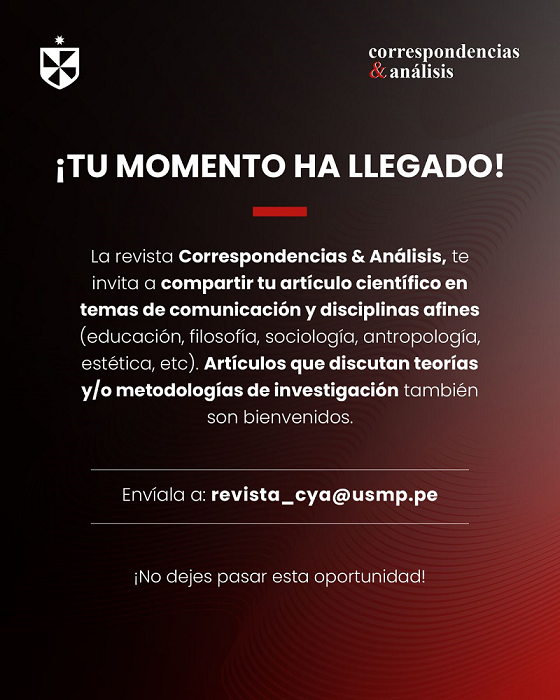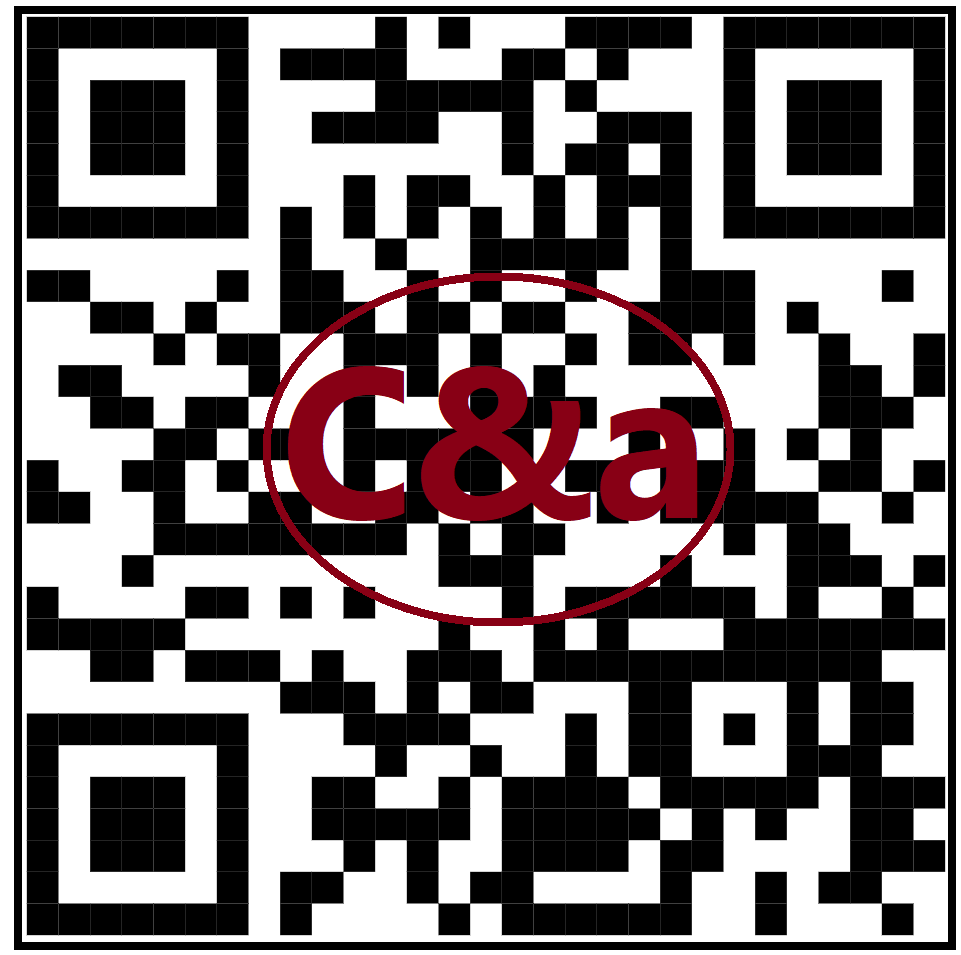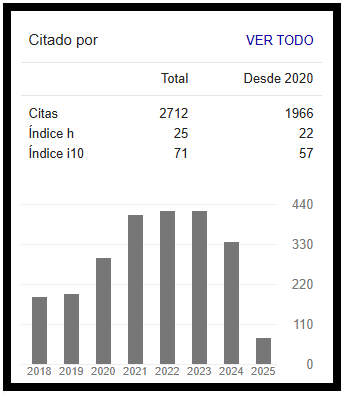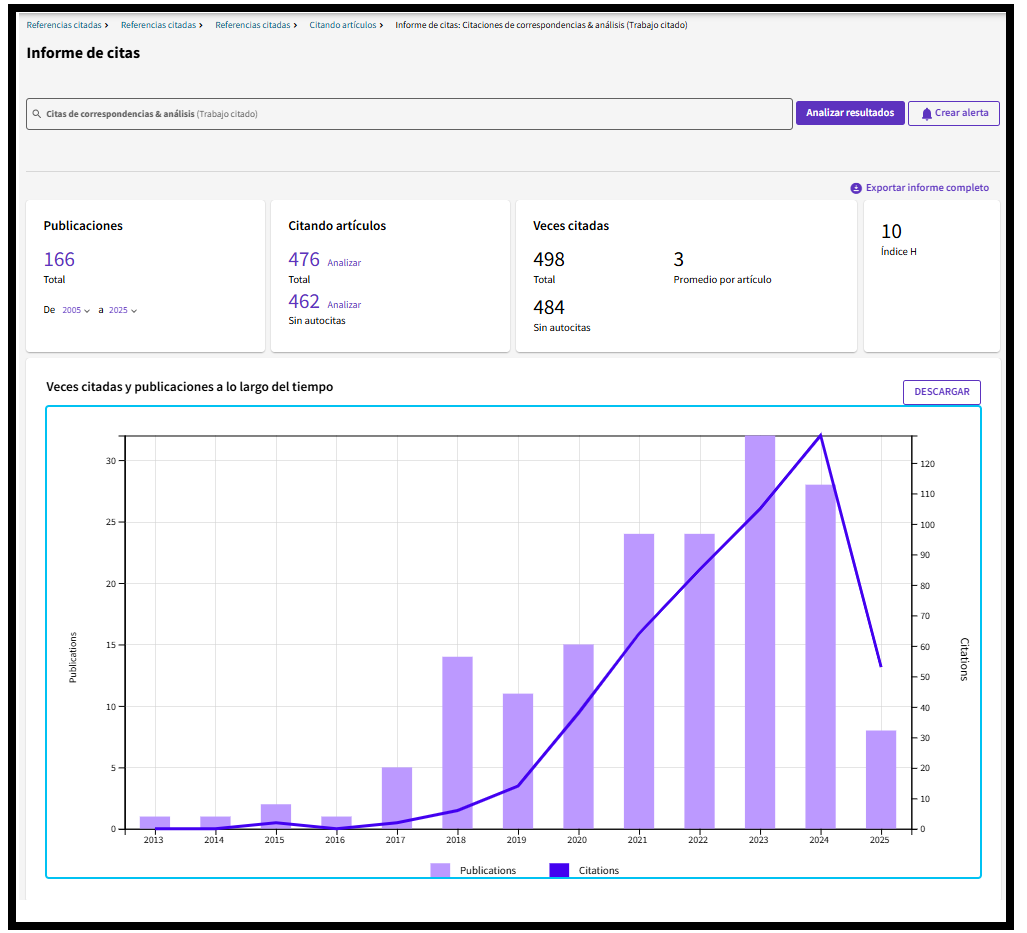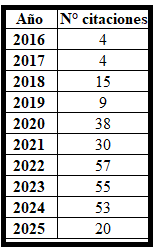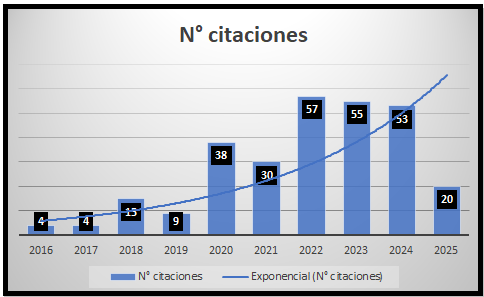The university institutional reputation. The opinion of the public of the University of Malaga, Spain
DOI:
https://doi.org/10.24265/cian.2021.n14.07Keywords:
Reputation, Digital, Institution, University of Malaga, Public opinionAbstract
Organizations in general are perceived according to the abundant information that is easily and immediately found on the networks. Educational institutions such as universities are also known and compared according to the origin of this information, thus generating a reputation that helps to establish value judgments in a more effective way. The university institutional reputation refers to the set of perceptions held by the various interest groups that relate to an institution, both internal and external groups; These perceptions are the result of the behavior developed by the entity over time and of its ability to distribute value to the aforementioned groups. The objectives of this research are to find out how to find the basic elements that determine reputation, to establish whether digital reputation has more weight than offline reputation and to contrast the way in which the public forms an opinion about the reputation of the University of Malaga. The analysis is quantitative and techniques such as the survey and the interview are used.
Metrics
Downloads
References
ADC. (1996). El libro práctico de la comunicación y las relaciones públicas. Ediciones Folio.
Berganza, M. y Ruiz, J. (2005). Investigación en comunicación. McGraw-Hill Education.
Bernays, E. (1998). Cristalizando la opinión pública. Gestión 2000.
Cancelo, M. (2017). La comunicación en las fuerzas de seguridad. Editorial UOC.
Cancelo, M. y Almansa, A. (2013). Estrategias comunicativas en redes sociales. Estudio comparativo entre las universidades de España y México. Historia y Comunicación Social, 18, 424-425. https://revistas.ucm.es/index.php/HICS/article/view/44339/41897
Canilli, C. (1993). Curso de Relaciones Públicas. Editorial de Vecchi.
Carreras, R. (2010). Entrevista a Roberto Carreras. GoodRebels. https://www.goodrebels.com/es/entrevista-a-roberto-carreras/
Castillo, A. (s.f.). Comunicacion organizacional: teorias y estudios. Editorial Clave Aynadamar.
Castoriadis, C. (1998). Los dominios del hombre. Gedisa.
Cortes, A. y Galarza, F. (2005). La comunicación institucional de la Universidad. Aproximación a los Gabinetes de Comunicación de las universidades Andaluzas. En A. Castillo (coord.), Comunicación organizacional: teorías y estudios (pp. 245-271). Editorial Clave Aynadamar.
Cutlip, S. (1975). Relaciones públicas. Rialp.
IABSpain.net. (2011). SEO y protección de marca en internet. http://iabspain.net/descargas/descarga.php?id=150
Gómez, T. (2013). El valor de los rankings universitarios. Slideplayer. https://www.google.com/amp/s/slideplayer.es/amp/1428772/
Instituto Nacional de Estadística - INE. (2020, enero). Cifras oficiales de poblaciónresultantes de la revisión del Padrón municipal a 1 de enero. https://www.ine.es/jaxiT3/Tabla.htm?t=2915
Martín, F. (2010). Comunicación empresarial e institucional. Universitas S. A.
McLuhan, M. (1996). Comprender los medios de comunicación: las extensiones del ser humano (1.a ed.). Paidós.
Ongallo, C. (2007). Manual de comunicación. Guía para gestionar el conocimiento, la información y las relaciones humanas en empresas y organizaciones (2.a ed.). Dykinson.
Price, V. (1994). La opinión pública. Paidós.
Pulido, J. (2013). Reputación online una gestión de estrategia. Capital Humano. https://www.estudiodecomunicación.com/reputacion-online-una-cuestion-estrategica/
Seitel, F. (2002). Teoría y práctica de las relaciones públicas. Prentice Hall.
Downloads
Published
Issue
Section
Categories
License
Copyright (c) 2021 José Daniel Barquero Cabrero, Mercedes Cancelo Sanmartín, Delia Gómez Valentín, José Luna Roldán

This work is licensed under a Creative Commons Attribution 4.0 International License.
In case the manuscript is approved, the authors retain the copyright and assign to the journal the right to publish, edit, reproduce, distribute, display and communicate in the country of origin and abroad by means of print and electronic media in different databases.
In order for this procedure to be recorded, the author must fill out the following formats:
Format 1 - Author data Format.
Format 2 - Affidavit on originality and authorization for the publication of articles Format.
Format 3 - Open Science Compliance.








2.png)


